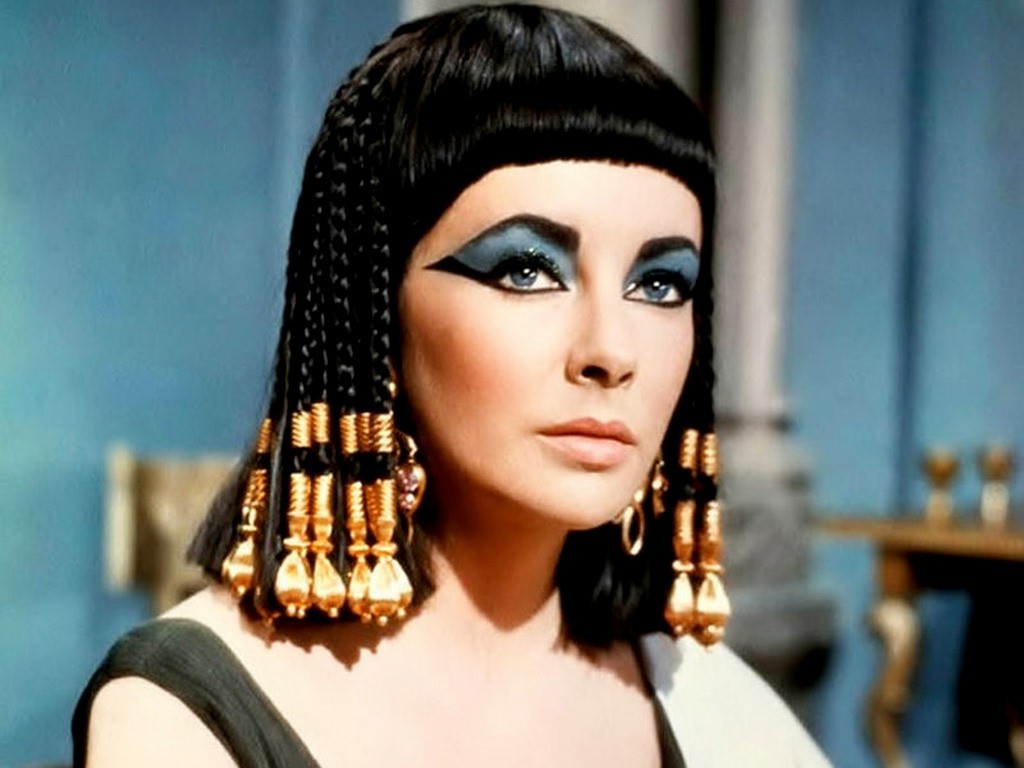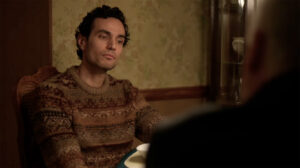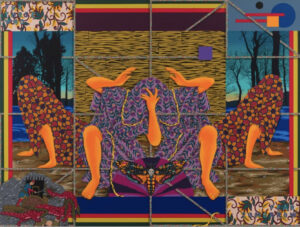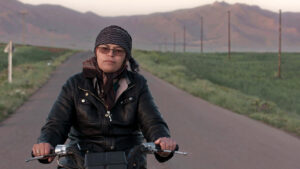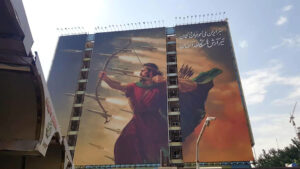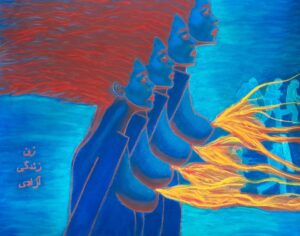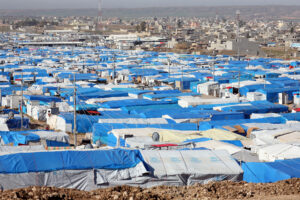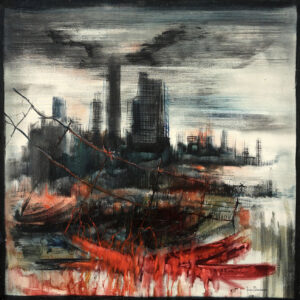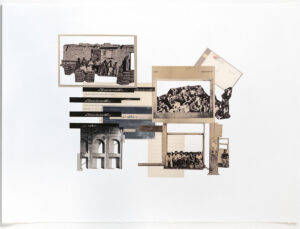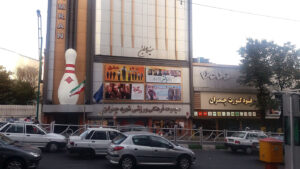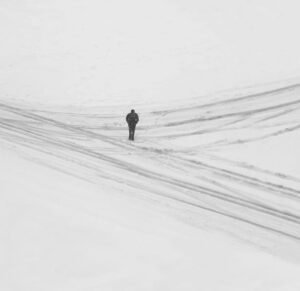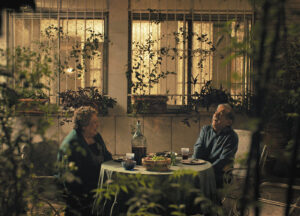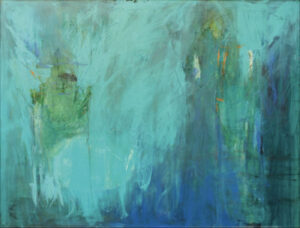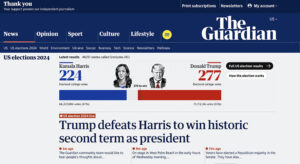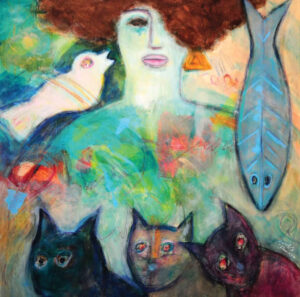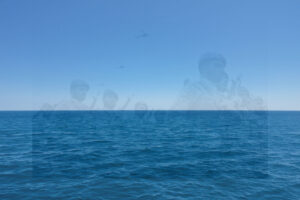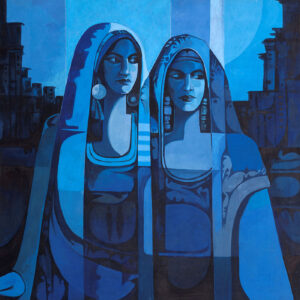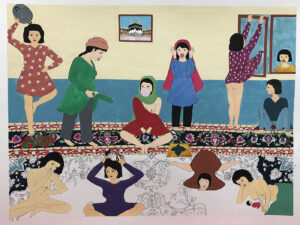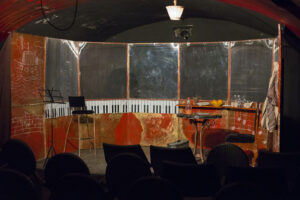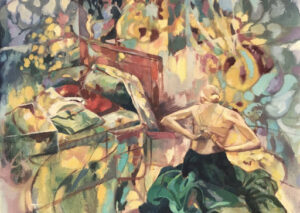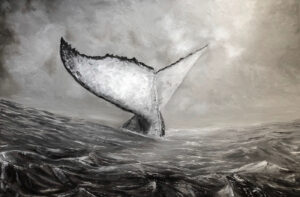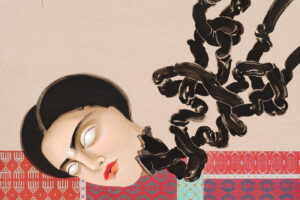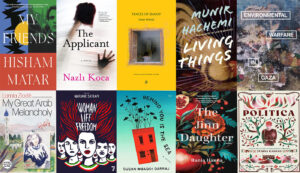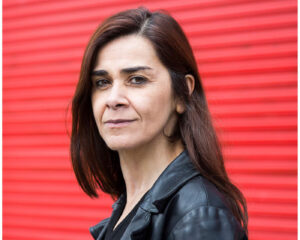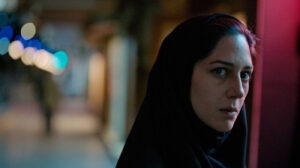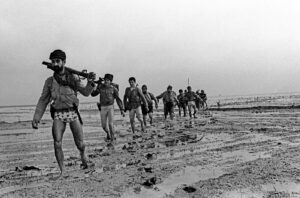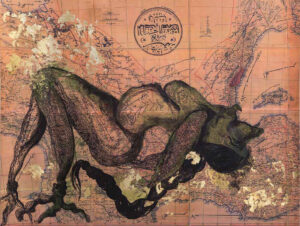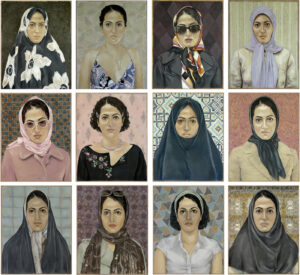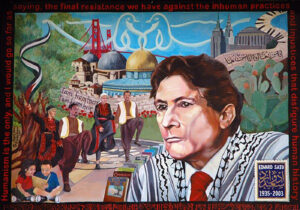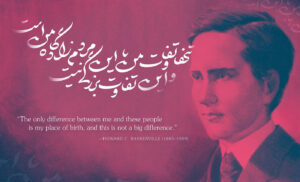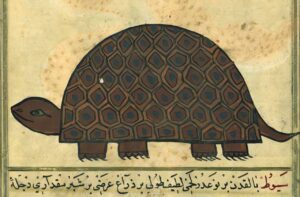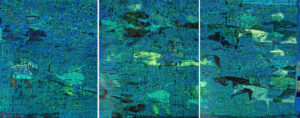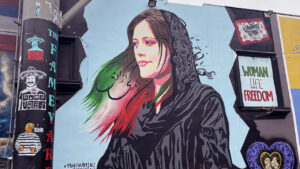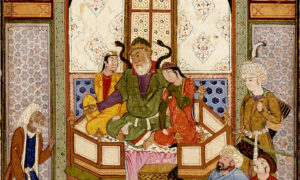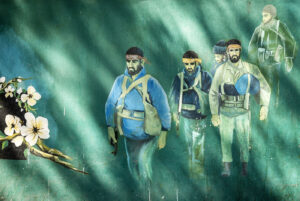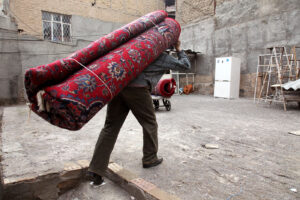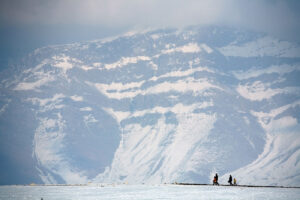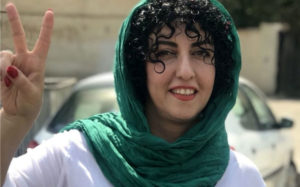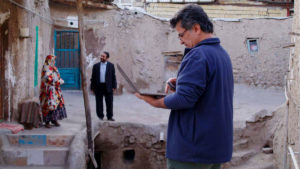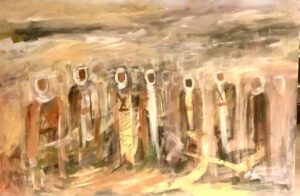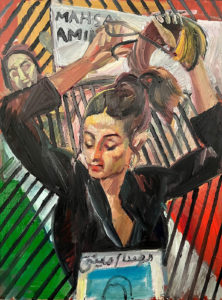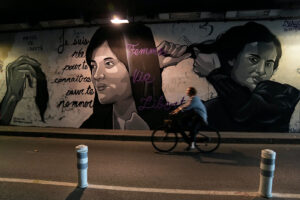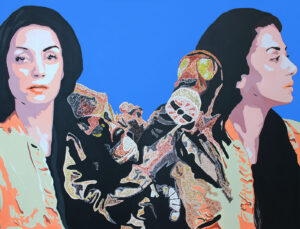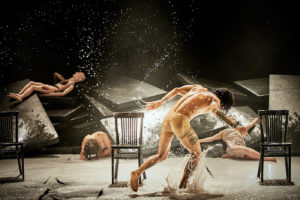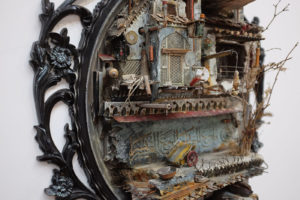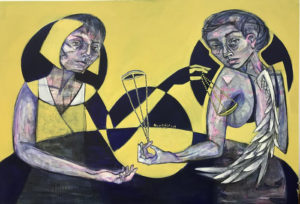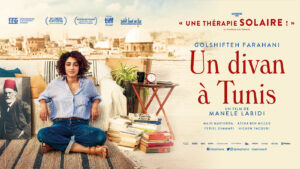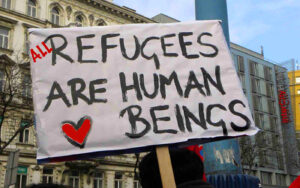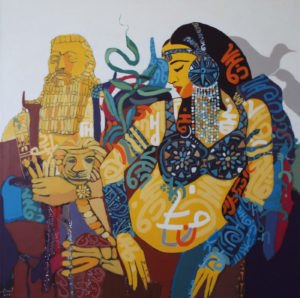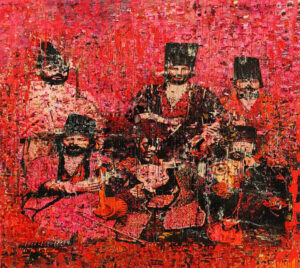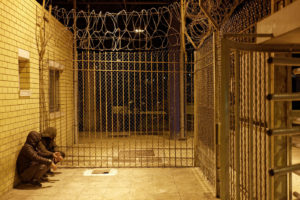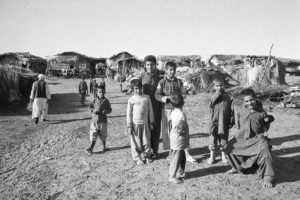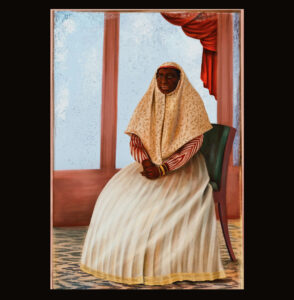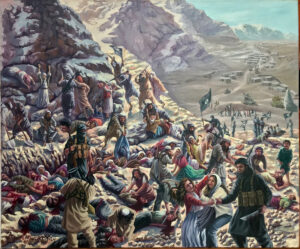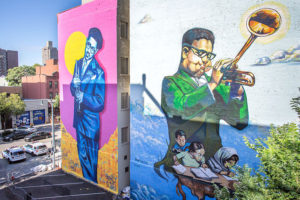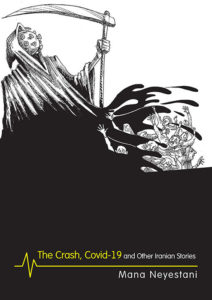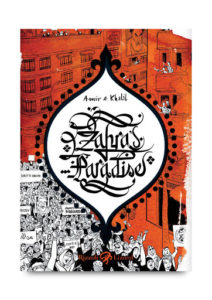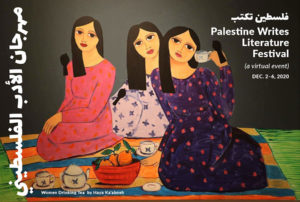Throughout the book, Hankir challenges the uncritical view of eyeliner as a mere “exercise in vanity” or simply a consumerist fad. She probes the question of where “eyeliner fits into one’s persona.” Although somewhat exaggerated, the correlation between self-agency and beautification is a consistent thread running through the collection of case studies that make up the book.
Eyeliner: A Cultural History by Zahra Hankir
Harvill Secker/Penguin UK, 2023
ISBN 9781787303300
Nazli Tarzi
I draw onto the corners of my eyes my signature, mauve-colored feline flicks before tucking into Eyeliner: A Cultural History, a new book by acclaimed British-Lebanese journalist Zahra Hankir (editor of the anthology Our Women on the Ground: Essays by Arab Women Reporting from the Arab World). By the time I’ve finished reading the book, my morning eyeliner ritual has turned into a deeply thought exercise about kohl, as it is known in much of Asia and Africa: its enduring appeal, transformative powers, social origins, and, not least, my personal relationship with the mighty eye crayon.
Hankir explores kohl in both modern and ancient communities — for women and girls as well as men and boys. Elements of the book may feel too specialized or singularly focused, in particular the prioritization of ancient Egyptian society over other contexts, from ancient Rome to Sumer, where cosmetic adornment of the eye was equally ubiquitous. Nevertheless, Eyeliner proves both educative and topical, and is punctuated throughout with wit and humor. Thrillingly, the author’s extensive archival research is complemented by her own travels and first-hand experiences. Hankir takes the reader to Chad, India, Iran, Jordan, America, and Japan, all the while examining the ways remote and marginal communities derive power and agency from the application of the numerous iterations of eyeliner:
I found eyeliner in the Arab world’s deserts and in the savannas of Africa, in the hair salons of Iran, and in the alleyways of Kyoto. I found it on the faces of Indian storytellers, Latin American freedom fighters, and Palestinian activists.
The micro-histories of these places have their own dedicated chapters. Often, they occasion discussions regarding hot-button issues of our time: identity politics, cultural appropriation, and, not least, beauty standards in the ancient world versus those of the digital age. Additionally, as the Prophet Muhammad spoke approvingly of the use of eyeliner in several hadiths, it follows that its place in Islam is touched on by the author. Major and revered Muslim figures have left us reams of commentary on its practical uses, when and why fragranced varieties are permissible, and whether its purported benefits include eyelash growth and even warding off evil.
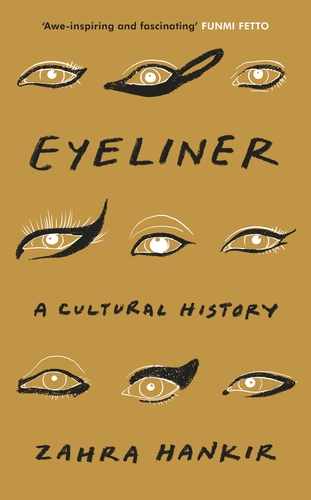
Throughout the book, Hankir challenges the uncritical view of eyeliner as a mere “exercise in vanity” or simply a consumerist fad. She probes the question of where “eyeliner fits into one’s persona.” Although somewhat exaggerated, the correlation between self-agency and beautification is a consistent thread running through the collection of case studies that make up the book. While reflecting on the disjointedness of growing up between two cultural worlds — represented by the UK on the one hand and Lebanon on the other — the author tells the reader that, by age 20, she had “graduated from under-eye kohl to full cat eye.” For Hankir and many others, eyeliner serves as “a transformative marker of maturity” as well as a source of empowerment.
This sentiment resonates with me and other third-culture kids. The act of eyelining among this demographic cohort has served as a beauty magnifier, helping women to assert their own appeal and beauty in diasporic lands where racialized beauty norms discriminate against minorities. Shirin Neshat, a visual artist and filmmaker who figures prominently in the chapter “Eye Paint as Resistance,” explains that eyeliner signifies cultural continuity, rebellion, self-discovery, and love. For Neshat, a self-exiled Iranian forever caught between East and West, eyeliner (which she lays on thickly and horizontally on her lower lids) “isn’t solely the result of her being Iranian, but isn’t independent of it, either.”
The ambassadors of kohl, as I call them, sit at the heart of this book. They are the luminaries who popularized and assigned meaning to the charcoal substance. By and large, they come from communities of color, and their little-known histories take pride of place in Eyeliner. The list of these people is a long one. They include pharaonic queens, desert-dwelling Bedouins, Woodabe tribesmen, Cholas, Geishas, and Kathakali dancers. (I was tickled to see Iraqi Shiite Muslim religious leader, politician, and militia commander Muqtada al-Sadr mentioned for allegedly donning eyeliner surreptitiously.) Telling us about them, Hankir blends storytelling with political anthropology, and writes back into history seldom discussed communities. In many ways, eyeliner is an emblem of pride, sometimes for different group of people within the same country, as with drag artists in New York City but also Chicanos of southern California, for whom eyeliner delivers “the message to Anglo-Americans that they are proud Mexicans.”
In much of the West, the ambassadors of kohl have historically been overshadowed by celebrities more interested in self-aggrandizement than cultural mediation. Hankir scrutinizes the appropriation of the ancient eye paint and Eastern aesthetics by such celebrities. Examples include Gwen Stefani’s adoption of chola glamor, Jeanne Crain’s reimagining of Queen Nefertiti’s aesthetic in Queen of the Nile (1961), and Liz Taylor’s look in Cleopatra (1963), which is believed to have ignited the cat-eye craze.
As it happens, the first quarter of Eyeliner revolves around 14th century BCE Egypt, spotlighting the inimitable Nefertiti. As the earliest known devotee of the substance, she represents the “golden standard” of eyeliner and emerges as a key reference throughout the book. Using archival resources, from newspaper cuttings to Vogue magazine covers, Hankir scrutinizes the monetization of Nefertiti’s signature look by the titans of the make-up industry — Elizabeth Arden, Guerlain, and Rimmel — as well as high fashion at large. This frenzied obsession with Nefertiti, whether in high fashion or Hollywood circles, is indicative of how real-life figures are often divorced from their historical contexts and stylized for sundry contemporary purposes. The bottom line for Hankir, quoting Egyptian archaeologist Zahi Hawass, is that “the question of who owns Nefertiti is central to how we perceive her.” There is much food for thought here, to be sure, but the irony is that the West’s fixation on Nefertiti is (unintentionally) perpetuated by the depth and length of Eyeliner’s discussion of the ancient queen.
One of the book’s most potent themes concerns the memories people attach to kohl. Hankir shares her earliest memory of her Lebanese mother, exuding regal elegance in applying emerald green liner as she prepares for a wedding in Sidon. A Bedouin from the ancient Jordanian city of Petra recounts a childhood memory of his mother darkening his eyelids with a self-made and locally sourced blend of kohl that he then messily smeared into place. There’s also Winnonah from San Jose, California, who honors the memory of her late mother by channeling her Mexican heritage through her mother’s estilo winged eyeliner. I was reminded of practices I unconsciously inherited from my mother, including her signature double mauve. During my childhood, I would watch her reflection in the mirror as she drew those exaggerated lines, which I would unknowingly emulate in later years.
Though a much-needed contribution to the somewhat lightweight literature on the subject, Eyeliner can itself adopt a less serious tone — which is quite welcome. For example, the book is peppered with chatty and useful tips for perfecting specific liner-enhanced looks: the cat eye, parallel lines, extended wings, and the doe-eye. Hankir describes moods for which a “sultry or demure, rebellious or clean-cut, low-key or loud” appearance is apt. Also, the manifold iterations of eyeliner are neatly laid out early on in a useful glossary of terms that captures the global reach of the black pigment. The author catalogs age-old alchemical practices used to produce its iterations, which include sormeh, surma, kajal, tiro, and merabi. We learn about the extensive use of antimony stones, crushed date seeds, olives, and even cedar honey to create these versions in lands across Africa and Asia.
On a more sobering note, Hankir provides a window into the ways an eye adorned with kohl can fuel erroneous assumptions about women and their place in stratified societies. Within professional and corporate settings, eyeliner laid on too thickly may be viewed unfavorably or attract fetishized interest. The latter happened to Hankir, who was on the receiving end of Orientalist compliments by a “finance bro” whom she encountered in the elevator of a corporation in London.
And that’s not even worst of it. Taking a lateral step into a related matter, Hankir addresses how, in contemporary post-revolutionary Iran, the bodies of women are a site of oppression and resistance. Mahsa (or Jina, her Kurdish name) Amini, an Iranian woman killed in the custody of her country’s morality police, which accused her of “indecency” for improperly wearing the law-mandated hijab, has come to be celebrated as a symbol of women’s rights in Iran and beyond. Readers are reminded that Amini paid the heaviest price not for outwardly defying Iran’s clergymen but for her sartorial choices. In fact, Iran, among other theocratic countries, provides a lesson on how women forced to hide their bodies to mute their sexuality find alternative avenues for self-expression, whether it be adjusting their hijabs or using eyeliner. Admittedly, however, this line of argumentation sometimes neglects the gross power imbalance between women and clergymen — as evidenced by the fact that Amini was killed.
The core message the book delivers is that eyeliner is much more than ornamentation. It most certainly is not some mere ritualized activity devoid of meaning. Though the author laments the ways that the cosmetic has become a mainstay of the Western make-up industry, largely through co-optation, she demonstrates that the Eastern and African roots of kohl are ineradicable. Kohl very much remains an assertion of identity, an art form, visual stimulus, rebellion, self-discovery, self-love, expression of femininity, and “armor.” It is also often an homage to one’s ancestry, especially on the part of embattled indigenous communities. Their pioneering and time-honored practices have left a lasting mark on human history.



